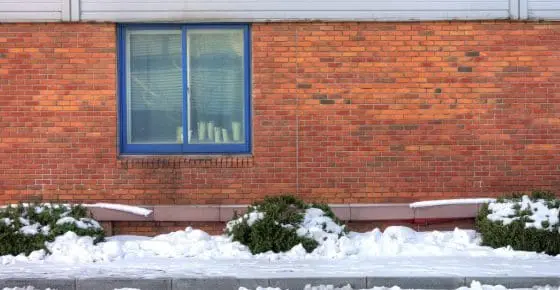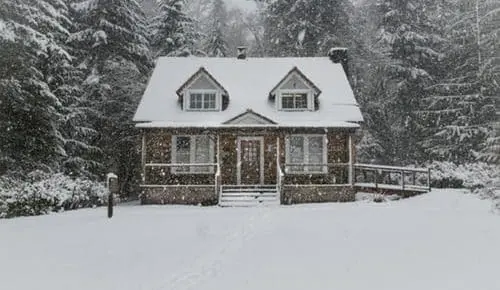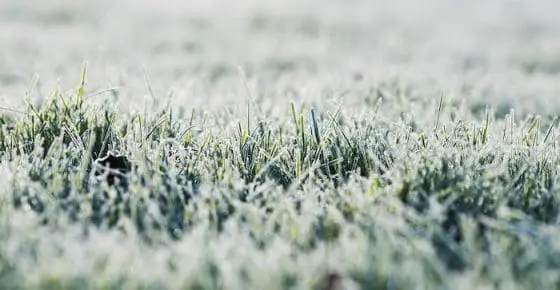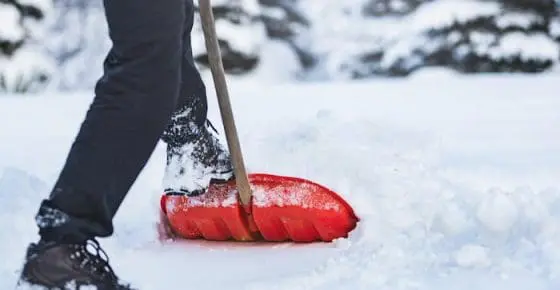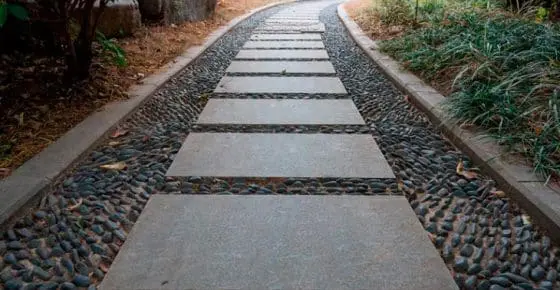8 Winter Workplace Safety Tips
Winter weather can make the workweek rather difficult and dangerous for your employees. If you practice winter workplace safety, the risk is substantially less.
Read MoreWinter Preparation Checklist for Facility Managers
As a facility manager, you know how important a winter maintenance plan is. Learn the things you can do to keep your building safe for clients and employees in this post!
Read More6 Winter Lawn Care Tips
Winter is tough on lawns, but here are some lawn maintenance steps you can take before and during the cold months. Prepare your lawn for winter so that your lawn looks lush and healthy come Spring.
Read MoreWinter Landscape: Plant-Safe Deicers
One of the many winter challenges is finding a deicer that doesn’t cause damage and kill plants. Learn how to melt ice on grass without causing damage in this post!
Read MoreWhy You Should Always Get Detailed Invoices for Snow Removal Services
At Earth Development, our commitment to providing our customers with the best service possible means we deliver quality and reliable snow removal services, but that we also ensure invoices are detailed and thorough.
Read MoreWhy Construction Sites Need Snow and Ice Management This Winter
With a professional snow and ice management company like Earth Development, you can keep on top of snow and ice formation on parking lots and in entryways.
Read MoreWhy Businesses Use Slate In Outdoor Landscaping and Great Ideas to Consider
For many businesses, outdoor landscaping is an afterthought – but consider some slate stone landscape ideas and you may soon realize the amazing things you can achieve with simple patios and walkways.
Read MoreWho to Call For Drainage Problems on Your Commercial Lawn In Wisconsin?
When a lawn is bogged down with water that has nowhere to go, you might be left wondering who to call for drainage problems in yards or gardens.
Read MoreWhen to Fertilize Lawn In Wisconsin?
It’s also tough to know how often to fertilize lawns, but here at Earth Development, we aim to ensure all our readers are as informed as possible.
Read MoreWhen Is the Best Time to Landscape Design?
The winter months are the perfect time to get your ducks in a row, to start planning, and to take action to ensure your outdoor space looks great.
Read MoreWhen Do I Need Snow Hauling for My Commercial Property?
Snow hauling and snow plowing are actually two very different processes used by businesses in parts of America that experience serious snowfall during the winter months.
Read MoreWhat You Need to Know About Flower Beds for Your Commercial Property
If you’re trying to improve the exterior appearance of your commercial building, installing a flower bed can make a huge difference in creating an amazing environment outside your property.
Read More

